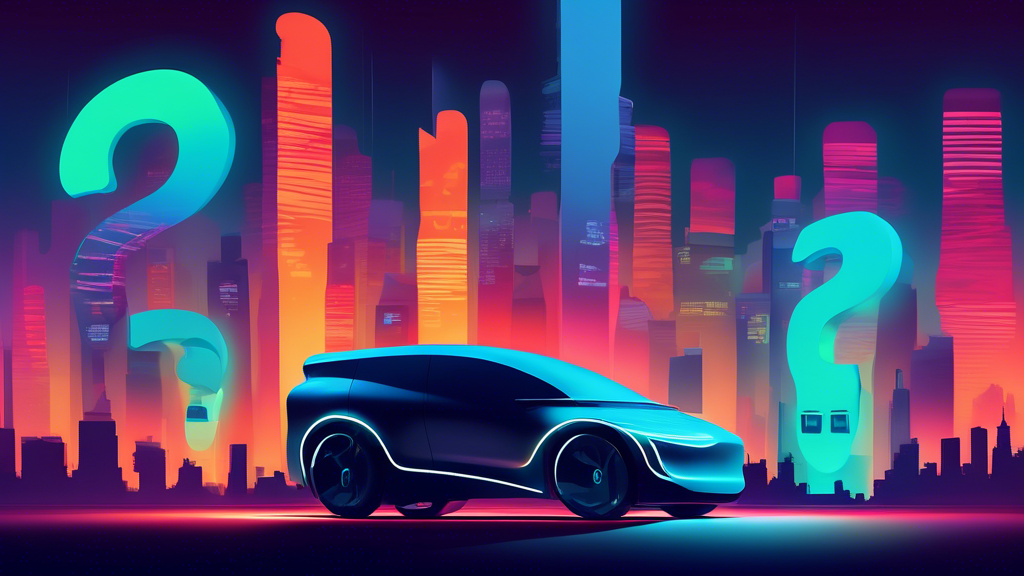
Introduction
The transition towards electric vehicles (EVs) has been one of the most significant trends in the automotive industry over the past decade. With environmental concerns at an all-time high and governmental policies worldwide pushing for a reduction in carbon emissions, electric vehicles have been heralded as a beacon of sustainable transportation. However, as the initial wave of enthusiasm encounters the realities of integration, infrastructure development, and technological limitations, some observers question – Is EV euphoria dead?
The Initial Surge of Excitement
Promises of a Greener Future
The early days of EV adoption were fueled by the promise of a cleaner, more sustainable mode of personal transportation. Electric vehicles, with zero tailpipe emissions, became the poster child for reducing urban pollution and combating climate change. Governments worldwide introduced incentives like tax breaks, grants, and rebates to encourage consumers to switch.
Technological Breakthroughs
Advancements in battery technology significantly reduced costs and increased the range of electric vehicles, further bolstering consumer confidence. The introduction of fast-charging infrastructure aimed to tackle range anxiety, making EVs a viable option for short urban trips and longer journeys.
Challenges on the Horizon
Infrastructure Strain and Inequities
As the number of electric vehicles on the roads has increased, so has the strain on charging infrastructure. In many regions, the development of fast and ultra-fast charging stations has not kept pace with the growing number of EVs, leading to bottlenecks and increased waiting times at charging points. Additionally, disparities in charging access between urban and rural areas have raised concerns about equity and the feasibility of nationwide EV adoption.
Battery Production and Resource Limitations
The surge in demand for EVs has spotlighted the environmental and ethical challenges associated with producing lithium-ion batteries. The extraction of lithium, cobalt, and other vital minerals has significant environmental impacts and is concentrated in a few countries, raising concerns about sustainable sourcing and geopolitical tensions. The issue of battery end-of-life disposal and recycling further complicates the narrative of EVs as a clean alternative.
Market Saturation and Consumer Hesitancy
As the market for electric vehicles matures, signs of saturation are beginning to emerge in early adopter countries. The initial subsidies and incentives are being rolled back, exposing the actual cost of EV ownership and leading to increased consumer hesitancy amid economic uncertainties. Furthermore, the proliferation of EV models has intensified competition, pressuring manufacturers to innovate continually to maintain consumer interest.
Looking Forward
Adapting to Growing Pains
Despite these challenges, the potential of electric vehicles to contribute to a more sustainable transportation future remains substantial. Efforts are being made to address the issues of infrastructure development and battery sustainability. Innovations in battery technology, such as solid-state batteries, promise efficiency, safety, and environmental impact improvements. Government policies are also evolving to support a more equitable transition, with investments in public charging infrastructure and incentives to bridge the urban-rural divide.
The Role of Consumer Perception
Ultimately, the future of electric vehicles will significantly depend on shifting consumer perceptions. As the novelty of EVs wears off, the focus will increasingly turn to practical considerations such as total cost of ownership, convenience, and reliability. Educating consumers about the holistic benefits of EV adoption, beyond just environmental considerations, will be crucial in sustaining momentum.
Conclusion
The euphoria around electric vehicles may fade as the sector grapples with growing pains and the complexities of broader integration into society. However, this phase could be seen as a necessary evolution, moving from idealism to realism, where the challenges are acknowledged and addressed head-on. With continued innovation and commitment from policymakers and the industry, the journey toward widespread electric vehicle adoption is far from over. Still, it is entering a critical phase of maturation and adjustment.
